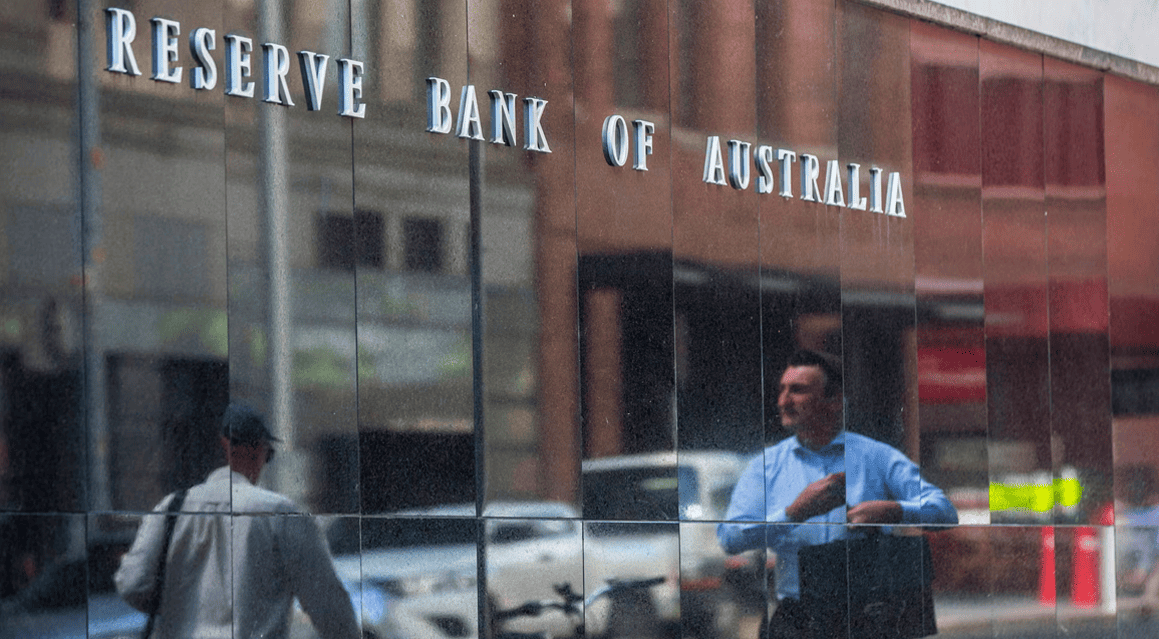
Image by Jessica Hromas/The Guardian
KEY POINTS
- Important quarterly inflation figures show the annual Consumer Price Index has held steady at 2.4%
- However, core inflation has fallen to 2.9% — within the RBA’s 2–3% target range for the first time since 2021 — boosting expectations of a 0.25% rate cut in May
- While a May cut is expected, further rate cuts will depend on global conditions and data, with August seen as the more probable timing for additional easing
Another 0.25% rate cut by the Reserve Bank of Australia is all but a certainty when the bank’s interest-rate setting panel meets in a few weeks time.
The latest quarterly figures from the Australian Bureau of Statistics show core inflation is back in the RBA’s mandated target range of 2-3% for the first time since 2021.
The March quarter Consumer Price Index figures were considered by most economists and financial markets to be the last remaining piece of the puzzle the RBA needed to sign off on a rate cut at its upcoming meeting on the 19th and 20th of May and lower the official cash rate from the current 4.1%.
The details
The Bureau of Statistics says its Consumer Price Index (or “headline” inflation figure) rose 2.4% in the 12 months to the end of March 2025.
This was unchanged from the CPI figure in the year to the end of the December quarter of 2024.
The result was also slightly above market expectations of 2.3%.
The ABS says the most significant price rises in the latest quarter came in the Housing (+1.7%), Education (+5.2%) and Food and non-alcoholic beverages (+1.2%) sectors.
Partially offsetting the rise were Recreation and culture (-1.6%) and Furnishings, household equipment and services (-0.9%).
There was also a big jump in electricity prices, which rose 16.3% over the quarter, as power subsidies from Federal and State governments came to an end.
Nevertheless, these subsidies have had a real effect in dampening inflation in Australia, with electricity prices down by 11.5% compared to 12 months ago.
Importantly, inflation in services has eased to 3.7% in the March quarter of 2025, down from 4.3% in the December quarter to its lowest level since June 2022.
The ABS says this was primarily driven by lower rental increases and lower insurance price rises.
Core inflation
While the headline CPI figure might have been slightly above market expectations, the ABS data also shows core or underlying inflation is at its lowest level in more than three years.
The RBA’s preferred “trimmed mean” measure has quarterly core inflation back in the central bank’s mandated inflation target band of 2-3% for the first time since December 2021.
Trimmed mean inflation fell from 3.3% in the December quarter of 2024 to 2.9% in the 12 months to the end of March 2025.
Just days out from a federal election where cost-of-living pressures have been front and centre, the development was seized on by Treasurer Jim Chalmers, who dropped a strong hint that there really was no excuse for the independent central bank not to cut interest rates at its next meeting.
“This is a powerful demonstration of the progress that Australians have made together in the economy,” Dr Chalmers said.
“This is proof of the responsible economic management, which has been a defining feature of this Albanese Labor government.
“Underlying inflation has fallen again, and as I said, this means both headline and underlying inflation is within the Reserve Bank target band for the first time since 2021.”
Leith Van Onselen, the Chief Economist at MB Fund and MB Super, is a constant critic of Jim Chalmers.
But he wholeheartedly agrees there’s no excuse for the RBA not to cut official rates at its next meeting.
“Given global uncertainties, the result has effectively greenlit the RBA to cut the official cash rate by 0.25% at its 20th May meeting,” Mr Van Onselen says.
Even before the release of the quarterly inflation data, Luci Ellis, the Chief Economist at Westpac - Australia’s second-largest bank - was adamant the RBA would be cutting in May, citing the global uncertainty caused by the trade war unleashed by US President Donald Trump.
“The turmoil abroad has, however, changed the game and flipped the risks,” Ms Ellis - a former Assistant Governor at the RBA - wrote to clients on the 24th of April.
“You can lock in a 25 basis point (0.25%) cut in May, even if the Q1 inflation data are a shade disappointing.”
IFM Investors Chief Economist Alex Joiner agrees the inflation result means a rate cut is more than likely in May, but he sounded a warning about market expectations of more cuts at future RBA board meetings.
“We expect this is enough progress towards the midpoint of the target range for the Bank to continue with the easing of monetary policy in May,” he said.
“But it will remain cautious and data dependent which suggests a follow-up cut in July is not guaranteed.
“August seems a more likely option for it (the RBA) to deliver further easing, as further clarity on the global economic environment emerges.”
Over the last few weeks, money markets have priced in between three and four more interest rate cuts from the Reserve Bank of Australia by the end of 2025.
Stay Up to Date
with the Latest Australian Property News, Insights & Education.




.png?width=292&height=292&name=Copy%20Link%20(1).png)
 SIGN UP FOR FREE NEWSLETTER
SIGN UP FOR FREE NEWSLETTER
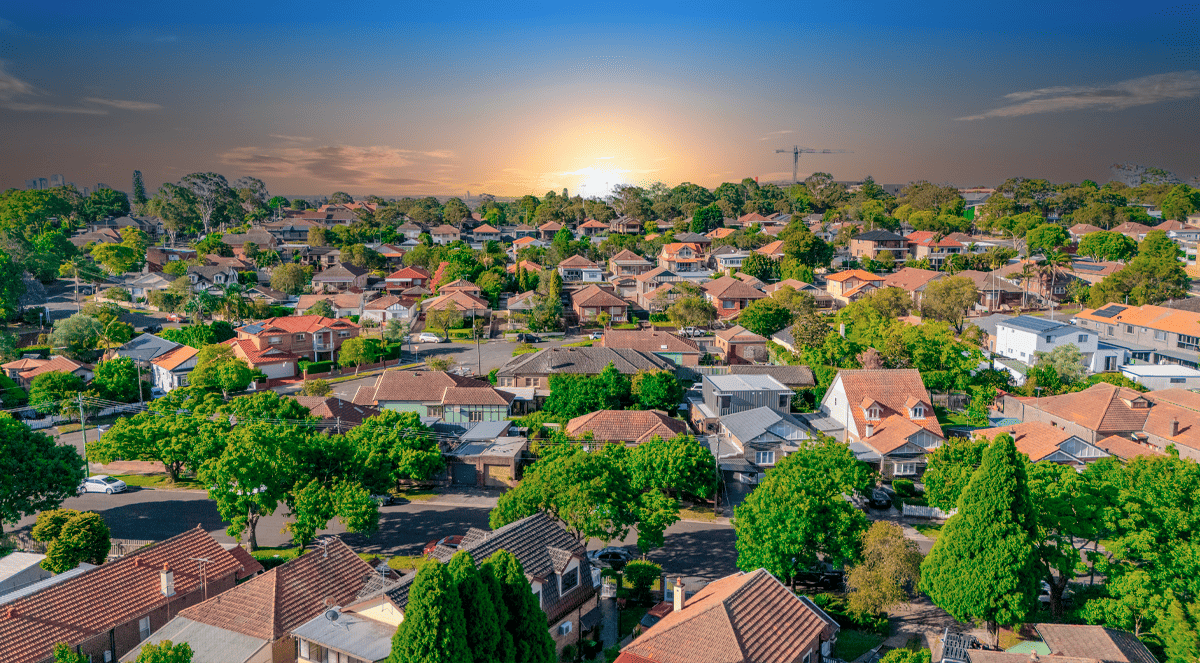
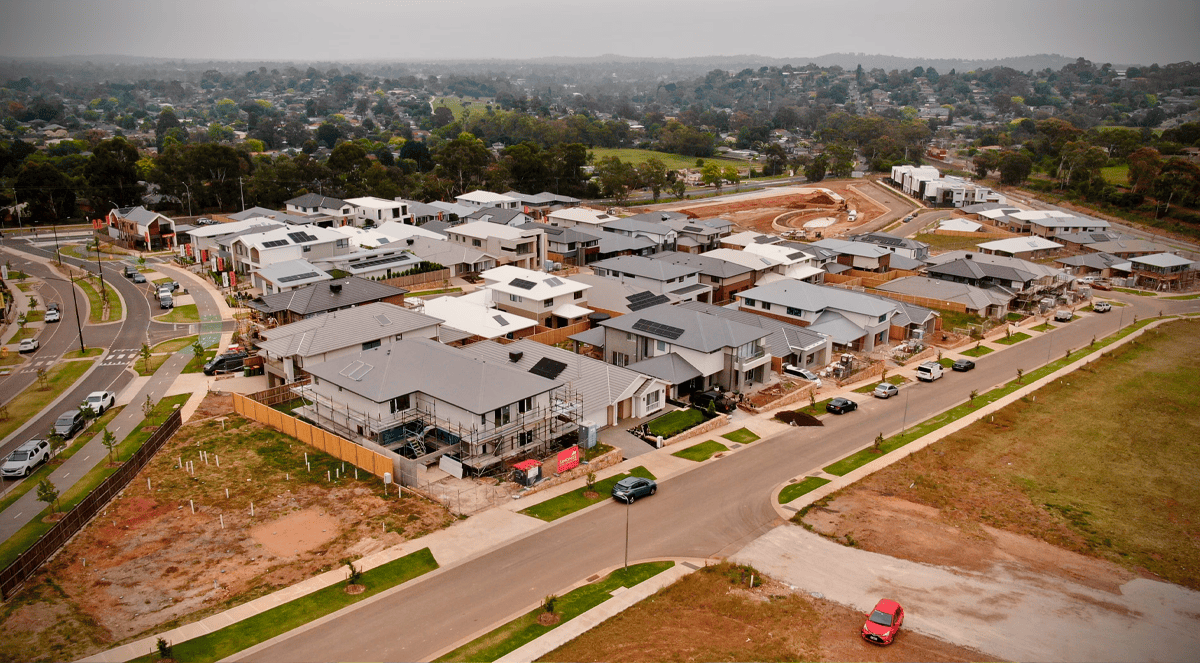
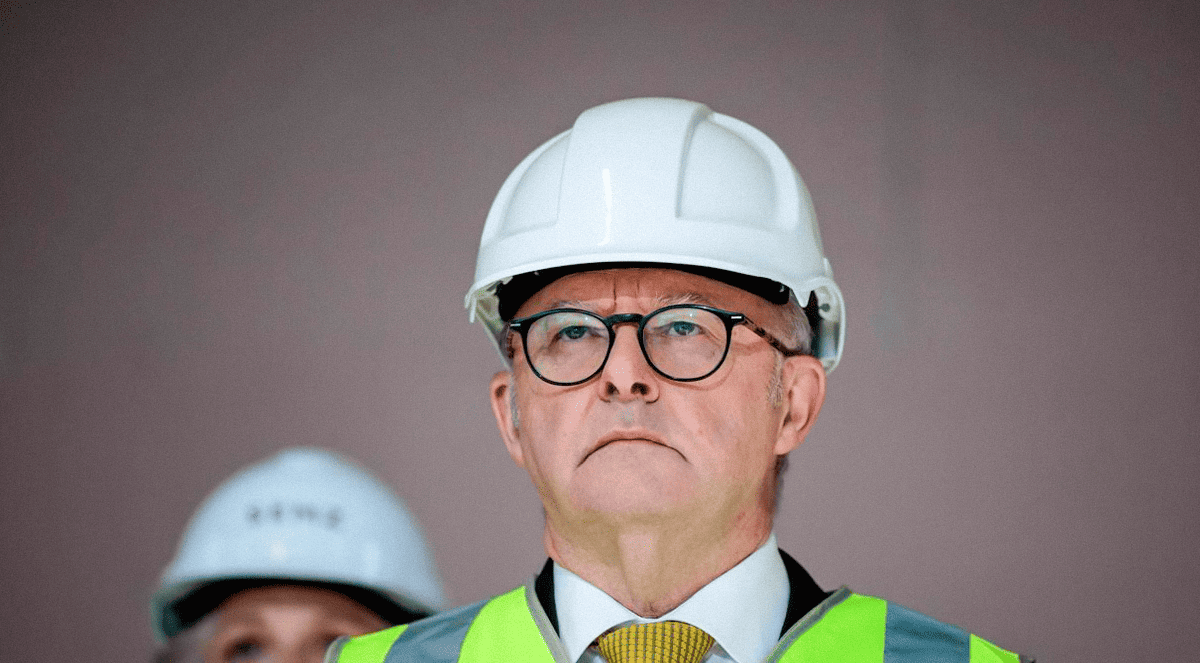
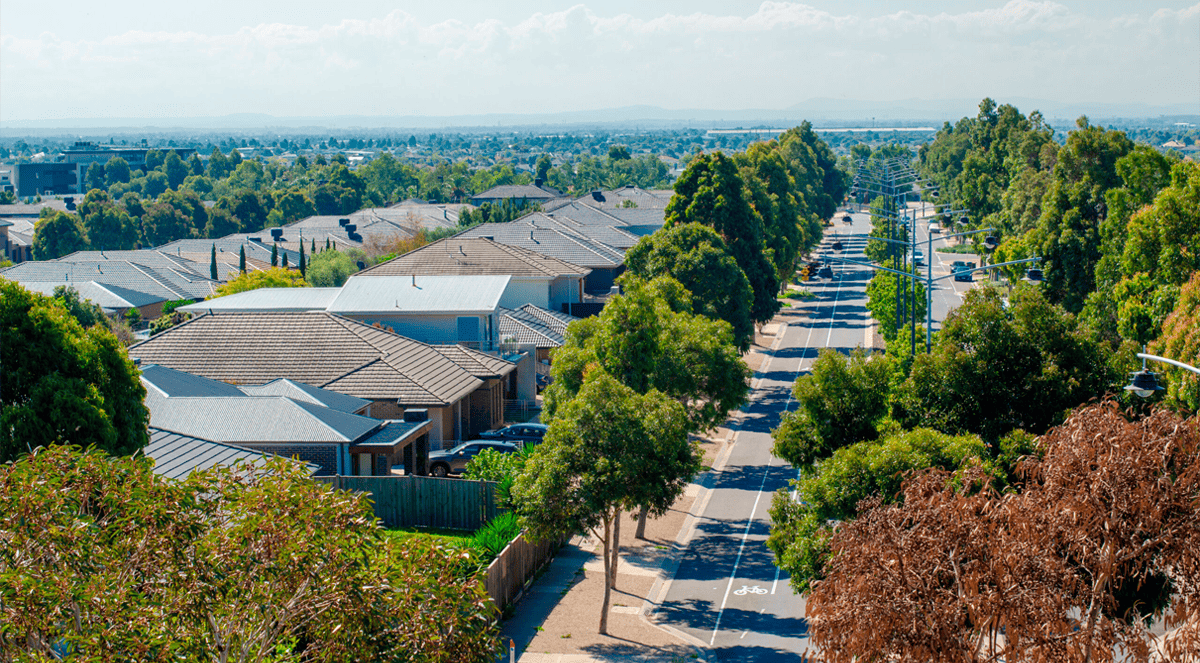

.jpg?width=1920&height=1080&name=Warning%2c%20You%20Might%20Be%20Facing%20Higher%20Taxes%20Soon%20(1).jpg)





.png?width=1920&height=1080&name=Rate%20Drops%20Signal%20BIGGEST%20Property%20Boom%20in%20DECADES%20(1).png)

.jpg?width=1920&height=1080&name=Labor%20vs%20Liberal%20These%20Housing%20Policies%20Could%20Change%20the%20Property%20Market%20Forever%20(1).jpg)
.jpg?width=1920&height=1080&name=QLD%20Slashes%20Stamp%20Duty%20Big%20News%20for%20Investors%20%26%20Home%20Buyers%20(1).jpg)
.jpg?width=1920&height=1080&name=Trump%20Just%20Slapped%20Tariffs%20%E2%80%93%20Here%E2%80%99s%20What%20It%20Means%20for%20Australia%20(1).jpg)
.jpg?width=1920&height=1080&name=Federal%20Budget%202025%20More%20Debt%2c%20No%20Housing%20%E2%80%93%20Here%E2%80%99s%20What%20You%20Need%20to%20Know%20(1).jpg)
.jpg?width=1920&height=1080&name=Australias%20Housing%20Crisis%20is%20about%20to%20get%20MUCH%20Worse%20(New%20Data%20Warns).jpg)
%20(1).jpg?width=1920&height=1080&name=Australias%20RENTAL%20CRISIS%20Hits%20ROCK%20BOTTOM!%20(2025%20Update)%20(1).jpg)
%20(1).png?width=1920&height=1080&name=Is%20Adelaide%20Still%20a%20Good%20Property%20Investment%20(2025%20UPDATE)%20(1).png)
.jpg?width=1920&height=1080&name=RBA%20Shocks%20with%20Rate%20Cuts!%20What%E2%80%99s%20Next%20for%20Property%20Investors%20(1).jpg)
%20(1).jpg?width=1920&height=1080&name=I%20Predict%20The%20Feb%20Rate%20Cut%20(My%20Price%20Growth%20Prediction)%20(1).jpg)
.png?width=1920&height=1080&name=Why%20Property%20Prices%20Will%20Rise%20in%202025%20Market%20Predictions%20(1).png)
.jpg?width=1920&height=1080&name=Why%20Investors%20Are%20Choosing%20Apartments%20Over%20Houses%202%20(1).jpg)
.jpg?width=1920&height=1080&name=Why%20Rate%20Cuts%20Will%20Trigger%20A%20Property%20Boom%20(1).jpg)
.jpg?width=1920&height=1080&name=Retire%20On%202Million%20With%20One%20Property%20(Using%20SMSF).jpg)
.jpg?width=1920&height=1080&name=4%20Reasons%20Why%20You%20Should%20Invest%20in%20Melbourne%20Now%20(1).jpg)
%20(1).jpg?width=1920&height=1080&name=Old%20Property%20vs%20New%20Property%20(Facts%20and%20Figures%20Revealed)%20(1).jpg)
%20(1).jpg?width=1920&height=1080&name=Will%20The%20New%20QLD%20Govt%20Create%20a%20Property%20Boom%20or%20Bust%20(My%20Prediction)%20(1).jpg)
%20Scott%20Kuru%20(1).jpg?width=1920&height=1080&name=Inflation%20Hits%20Three-Year%20Low%20(Will%20RBA%20Cut%20Rates%20Soon)%20Scott%20Kuru%20(1).jpg)
.jpg?width=1920&height=1080&name=How%20to%20Buy%20Investment%20Property%20Through%20SMSF_%20The%20Ultimate%20Guide%20(1).jpg)
.jpg?width=1920&height=1080&name=Victoria%20Slashes%20Stamp%20Duty%20Melbourne%20Set%20to%20Boom%20Scott%20Kuru%20(1).jpg)
.png?width=1571&height=861&name=Are%20Foreign%20Buyers%20Really%20Driving%20Up%20Australian%20Property%20Prices%20(1).png)
.jpg?width=1920&height=1080&name=The%20Single%20Factor%20That%20Predicts%20Property%20Growth%20Regions%20(1).jpg)
%20Scott%20Kuru%20(1).jpg?width=1920&height=1080&name=My%20Prediction%20On%20Rates%20%26%20Negative%20Gearing%20(Market%20Crash)%20Scott%20Kuru%20(1).jpg)

-1.png?width=1920&height=1080&name=Major%20Banks%20Cut%20Rates%20Will%20RBA%20Follow%20Suit%20(Sept%20Rate%20Update)-1.png)
%20Scott%20Kuru-1.png?width=1920&height=1080&name=Rate%20Cut%20Coming%20What%20New%20Zealands%20Move%20Means%20for%20Australia%20(Sept%20Prediction)%20Scott%20Kuru-1.png)
%20(1).jpg?width=1920&height=1080&name=Buy%20when%20the%20interest%20rates%20are%20high!%20(Why%20you%20must%20buy%20now!)%20(1).jpg)
.jpg?width=1920&height=1080&name=Carms_Revised%20Taxes%20Due%20Aug%209%20YT%20Thumbnail02%20(1).jpg)
.jpg?width=1920&height=1080&name=Carms_Too%20Little%20Too%20Late%20Aug%207%20YT%20Thumbnail01%20(1).jpg)









.jpg?width=1920&height=1080&name=Carms_Rate%20Drop%20In%20July%20Jun%2010%20YT%20Thumbnail02%20(1).jpg)
.jpg?width=1920&height=1080&name=Carms_Own%20a%20Property%20V6%20Jun%205_YT%20Thumbnail%20(1).jpg)









.png?width=1920&height=1080&name=Artboard%201%20(3).png)






.jpg?width=1920&height=1080&name=YT%20thumbnail%20%20(1).jpg)

